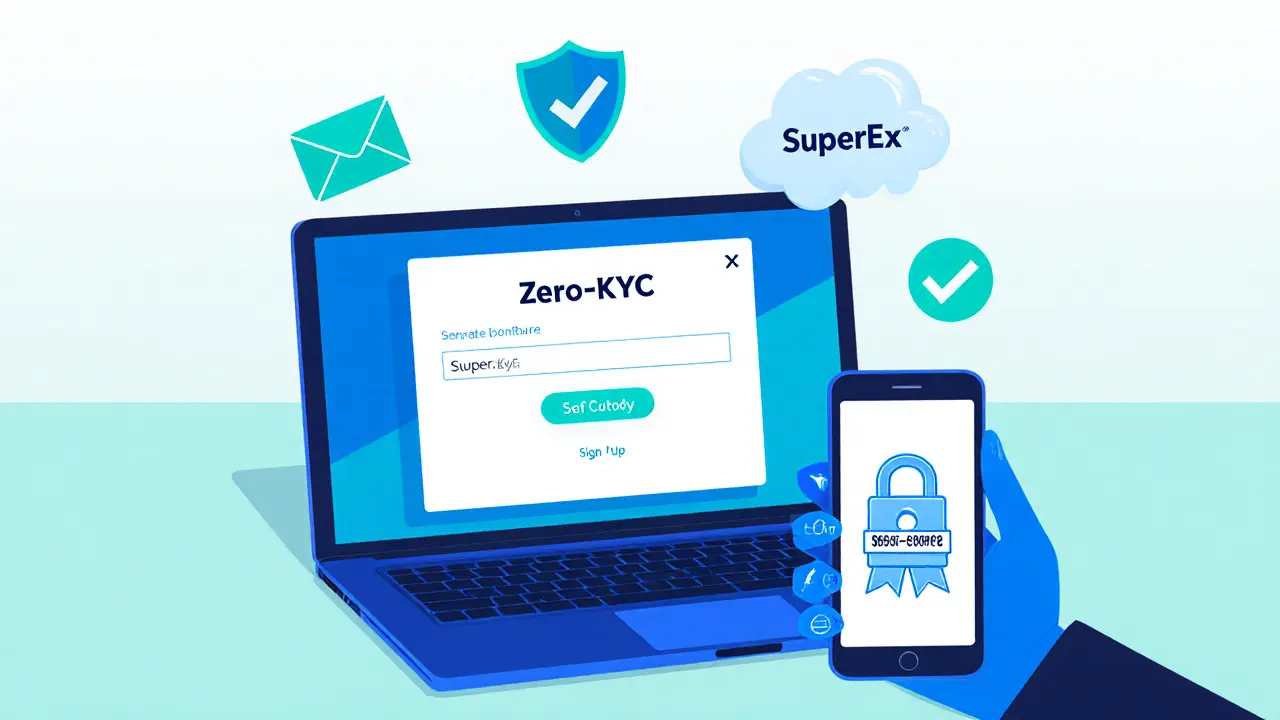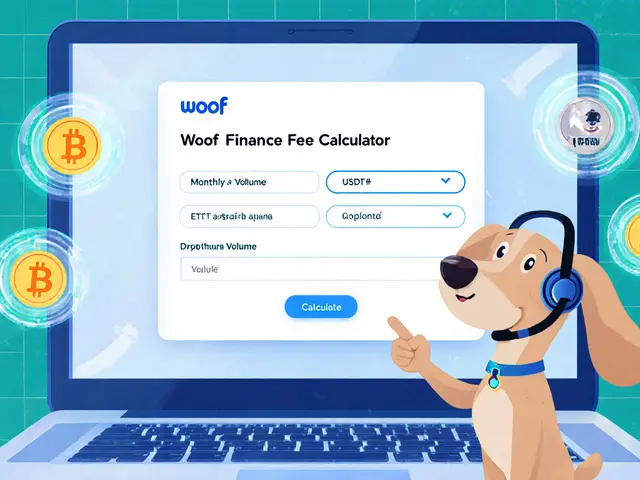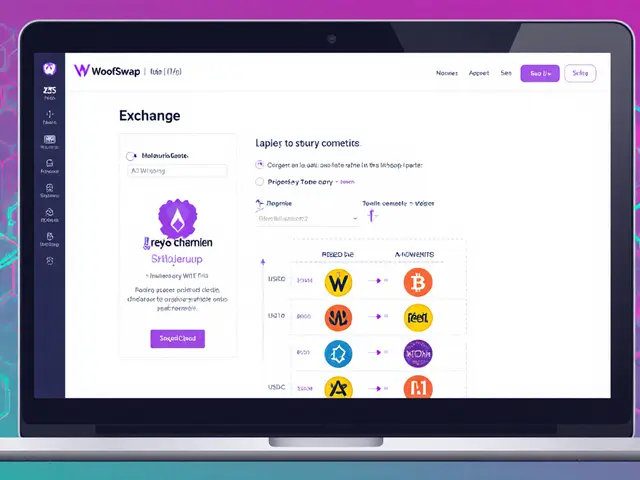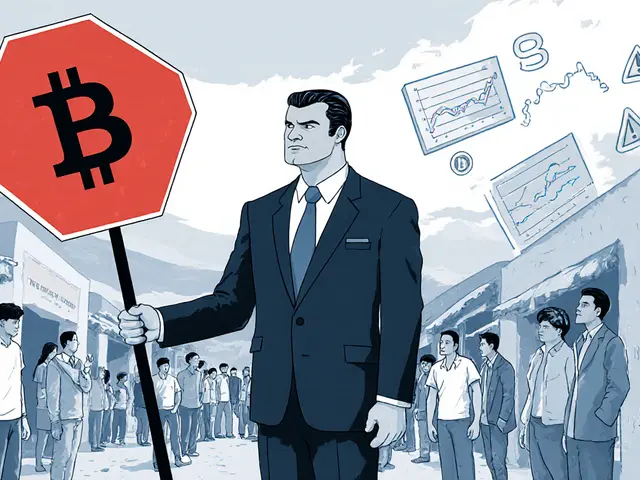Web3 exchange: Decentralized Trading Made Simple
When working with Web3 exchange, a platform that lets users trade crypto assets directly on blockchain networks without a central intermediary. Also known as decentralized exchange, it relies on smart contracts to match orders, settle trades and manage liquidity automatically. Liquidity pool is a collection of funds locked in a smart contract that provides the depth needed for users to swap tokens efficiently is the engine that powers most Web3 exchanges. In addition, a Token launchpad serves as a gateway for new projects to raise capital and list their tokens on DEXes often integrates with the same infrastructure, creating a seamless flow from token creation to trading.
Key Components of Web3 Exchanges
The backbone of any Web3 exchange is the smart contract code that lives on the blockchain. These contracts define the rules for order matching, fee distribution, and liquidity provision. Because the code is immutable, trust comes from transparency rather than a central authority. Liquidity pools, as mentioned earlier, empower users to become market makers by depositing assets and earning a slice of transaction fees. This incentive model fuels deep order books without relying on traditional market makers. Token launchpads add another layer: they bundle token issuance, vesting schedules, and initial liquidity provision into a single package, often launching directly onto the exchange’s DEX environment.
Security is another critical piece. Since Web3 exchanges operate without custodial control, users keep their private keys, which reduces the risk of large-scale hacks that plague centralized platforms. However, the smart contracts themselves must be audited, and users need to verify that the liquidity pools they interact with aren’t vulnerable to exploits like flash loan attacks. Our collection of articles dives into real‑world reviews of platforms such as OpenSwap, Coinext, and Raydium LaunchLab, highlighting how each handles security, fee structures, and user experience.
Regulation also shapes the Web3 exchange landscape. While many jurisdictions still grapple with how to classify decentralized platforms, countries like Taiwan and India have introduced specific rules affecting how exchanges must register, report transactions, and protect users. Understanding these legal nuances can help traders avoid penalties and choose compliant platforms. Posts on China’s crypto ban, India’s 30% tax, and Taiwan’s FSC regulations illustrate how policy decisions ripple through the ecosystem, influencing everything from token listings to airdrop eligibility.
Beyond the technical and regulatory side, community incentives drive adoption. Airdrops, such as the Bull Finance or SupremeX giveaways, often target users who have provided liquidity or interacted with a launchpad. These token distributions serve as both marketing tools and ways to bootstrap network effects. Our guides walk you through eligibility criteria, safety tips, and step‑by‑step claim processes, ensuring you can benefit from legitimate airdrops without falling for scams.
All of these elements—smart contracts, liquidity pools, launchpads, security audits, and regulatory frameworks—interact to create a vibrant Web3 exchange ecosystem. Below you’ll find a curated set of articles that unpack each topic in depth, from practical exchange reviews to detailed regulatory breakdowns and actionable airdrop guides. Dive into the posts to sharpen your trading strategy, stay compliant, and make the most of the decentralized finance world.
An in‑depth SuperEx review covering features, fees, wallet, DAO governance, user experience, and regulatory risks for crypto traders.



 Finance
Finance




